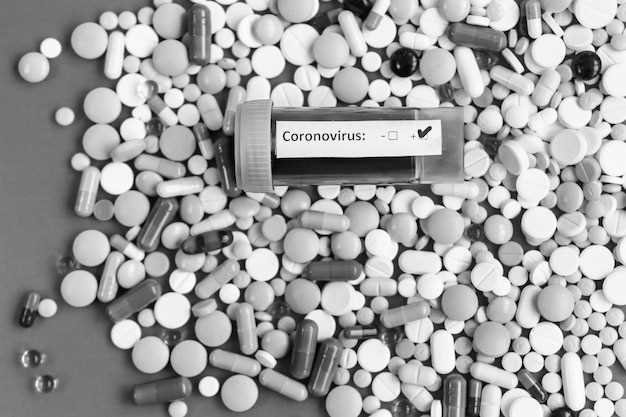
Are you looking for a reliable medication for diabetes management? Consider metformin, a widely used drug that helps control blood sugar levels. When it comes to bioequivalence, choosing the right metformin product is crucial for effective treatment.
Understanding the concept
Drug development is a complex process that involves rigorous testing and evaluation to ensure the safety and efficacy of pharmaceutical products. One critical aspect of drug development is the concept of bioequivalence. Bioequivalence refers to the comparison of the bioavailability of a generic drug product to that of a reference drug product. In simple terms, it determines whether a generic drug is absorbed into the bloodstream at the same rate and to the same extent as the original drug.
Understanding bioequivalence is crucial in drug development as it helps ensure that generic drugs are as safe and effective as their brand-name counterparts. By demonstrating bioequivalence, manufacturers can show that their generic products are interchangeable with the original drug, providing patients with more affordable treatment options without compromising quality or effectiveness.
| Key Points: |
| • Bioequivalence compares generic and reference drug products. |
| • It ensures generic drugs are as safe and effective as brand-name drugs. |
| • Demonstrating bioequivalence allows for interchangeable use of generic drugs. |
Importance in drug development

Regulatory guidelines on bioequivalence testing are crucial in drug development. Understanding the bioequivalence of metformin is essential to ensure the effectiveness and safety of the drug. The regulatory authorities require bioequivalence studies to demonstrate that a generic drug is as effective and safe as the reference product.
By conducting bioequivalence testing, pharmaceutical companies can ensure that their generic metformin formulations meet the necessary requirements for approval and marketing. This process helps to establish the interchangeability of generic and branded drugs, providing patients with access to more affordable treatment options without compromising quality or safety.
Methods of bioequivalence testing
When conducting bioequivalence testing for metformin, several methods are commonly used to assess the equivalence of different formulations. These methods are crucial in determining the similarity of generic and branded drugs. Some of the commonly used methods include:
1. Single-Dose Studies
- In single-dose studies, the pharmacokinetic profiles of the test drug (generic) and the reference drug (branded) are compared after administering a single dose of the drug to the subjects.
- Blood samples are collected at regular intervals to measure the concentration of the drug in the body, allowing researchers to assess the absorption, distribution, metabolism, and excretion of the drug.
- Statistical analysis is then conducted to determine if the two formulations are bioequivalent based on predefined criteria.
2. Multiple-Dose Studies
- In multiple-dose studies, subjects receive repeated doses of the test and reference drugs over a period of time.
- Similar to single-dose studies, blood samples are collected to assess drug concentrations, and statistical analyses are performed to establish bioequivalence.
- Multiple-dose studies provide information on how the drug accumulates in the body over time and assess the presence of any drug interactions or cumulative effects.
Overall, the methods of bioequivalence testing play a crucial role in ensuring the safety and efficacy of generic drugs by confirming their equivalence to the reference product.
Methods of bioequivalence testing
Bioequivalence testing is a crucial step in the drug development process to determine if a generic drug is equivalent to its branded counterpart in terms of pharmacokinetic parameters, such as absorption, distribution, metabolism, and elimination. There are several methods utilized to assess bioequivalence including:
1. Single-dose studies: involve administering a single dose of the test drug and comparing its pharmacokinetic profile with that of the reference drug.
2. Multiple-dose studies: repeated dosing of the test drug to evaluate accumulation and steady-state conditions compared to the reference drug.
3. Food-effect studies: examining the impact of food on drug absorption and bioavailability to ensure consistency across different conditions.
4. Population bioequivalence: assessing bioequivalence across different populations to account for potential variations in drug response.
Each method offers unique insights into the bioequivalence of generic drugs, ensuring their safety and efficacy for patients.
Interpretation of results

When interpreting the results of bioequivalence testing for metformin, it is crucial to consider the pharmacokinetic parameters such as Cmax, AUC, and Tmax. These parameters help assess the rate and extent of drug absorption and the overall bioavailability of the drug.
Hence, in bioequivalence studies, the two formulations (test and reference) are considered bioequivalent if the 90% confidence intervals of the geometric mean ratios of Cmax and AUC fall within the acceptable range of 80-125%. This indicates that the test formulation is pharmaceutically equivalent to the reference formulation, showcasing similar therapeutic efficacy and safety profiles.
